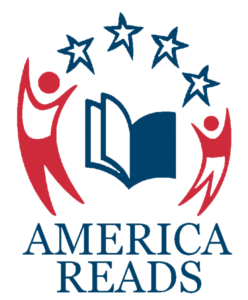
My name is Lizmari!
I am a Sociology grad student. I would love to teach someday because education is essential to any society. I want to teach kids that learning can be fun and that reading, and writing isn’t that hard. I hope you enjoy this activity and share it with your friends and family!
Your students will learn how to identify and describe a selected topic with drawings or images to add details.
This will meet the Arizona Common Core standard (K.SL.5), by teaching students to add drawings or other visual displays to descriptions as desired to provide additional detail.
What you will need:
● Provided template
● Piece of cardboard
● Clear tape
● Glue
● Scissors
● String/yarn ● Pencil

- Something to draw or write with
- Paper, it can be colored if you like
- Scissors if necessary
- Glue or tape if necessary
- Magazines or books with images are optional
Directions:
- For this activity we will be making a vision board. We’re going to think about our goals.
- First decide if you want to draw your images or if you have some magazines around that you can cut out some pictures.
3. Grab your sheet of paper and write down: I am good at…

4. Leave some space. Now look for some images that represent what you’re good at. I am good at writing so I will look for images that could represent that.
5. Paste or draw your images.
6. Now write down: I want to be better at…
7. At least for me, I want read faster, so I will look for some images that represent that.
8. Paste your images like this:
9. Let’s decorate our vision board.
10. You can draw or find other images you like for your board.
11. Add the title My Goals.
12. And we’re done!
Results: This looks great! I hope you achieve your goals! You can hang this on your room, so you don’t forget about them. Today you learned how to describe something with drawings or images! Great job!
Thank you for visiting our blog! If you liked this activity and would like to see more, please visit our website and our Pinterest! See you next time!













































































































